In this article, You will read Cropping System and Cropping Pattern in India – for UPSC IAS.
Cropping System
- The term cropping system refers to the crops, crop sequences, and management techniques used on a particular agricultural field over a period of years.
- We can say that Cropping System = Cropping Pattern + Management
- The system means a set of elements/components that are inter-related and interacting among them.
- The objectives of any cropping system are:
- Efficient utilization of all resources viz. Land, water, and solar radiation.
- Maintaining stability in production and obtaining higher net returns.
- There are different types of cropping system which are used for increasing the Agricultural productivity. They are depicted in the figure:

- In Agriculture, crop production can be improved by:
- By increasing the area of cultivation: It is difficult because the land is a limited resource.
- By increasing the productivity per unit area of the crop: This can be done by sustainable farm practices.
- By increasing the production per unit time: This can be done by efficient implementation of the cropping system.
Cropping Pattern
- Fundamentally, cropping pattern entails the proportion of area under various crops at a point in time. Cropping pattern is, however, a dynamic notion as it changes over space and time.
- Cropping pattern basically involves:
- Crop rotation practiced by a majority of the farmers in a given area or locality.
- Type and arrangement of crops in time and space.
- Yearly sequence and spatial arrangement of crops or of crops and fallow on a given area.
- The proportion of area under various crops at a point of time in the unit area.
Cropping Pattern in India
- A broad picture of the major cropping patterns in India can be prevented by taking the major crops into consideration.
- The cropping pattern of a particular area can be found in two steps:
- The crop occupying the highest percentage of the sown area of the region is taken as the base crop.
- All other possible alternative crops which is sown in the region is considered in the pattern.
- Example: In the given figure, if we see the area of Maharashtra we have cotton as the base crop, but jowar is also grown in Maharashtra on large scale, hence jowar is an alternative crop in Maharashtra making cotton-jowar as the cropping pattern. Similarly in the eastern states of Bengal, Assam, Orissa, rice is the base crop but jute and tea are also grown at a large scale thus making rice-jute–tea as the cropping pattern in eastern India.

Mixed Farming
- It is defined as a system of farming on a particular farm that includes crop production, raising livestock, poultry, fisheries, beekeeping, etc. in order to sustain and satisfy as many needs of the farmer as possible.
- In mixed farming, crop production, agricultural allied activities, and animal rearing is practiced side by side so that their mutual benefits could be harnessed. E.g. in India cattle dung is used as manure and in times of low productivity, these cattle could be used for milk, meat, etc. It ensures regular income for farmers.
- The objective of mixed farming is subsistence with higher profitability without altering ecological balance, which is very important in the farming system.
- Cropping system is an important component of mixed farming. With the help of mixed farming, a proper copping system could be achieved such as the use of manure of domesticated animals (organic farming), the combination of fisheries with different crops (rice-fish in Eastern parts of India), etc.
Types of Cropping System
- Mono Cropping – Mono Cropping is a system of growing the same crop on the same land year after year. For example, growing rice on the same piece of land year after year.
- Multiple Cropping – Multiple Cropping involves the growing of two or more crops on the same field in a year. It is the intensification of cropping in time and space dimensions without deteriorating soil fertility i.e. more number of crops within a year and more no of crops on the same piece of land at any given period. Some features of Multiple cropping are:
- Growing two or more crops on the same piece of land at the same time or at different times in a year.
- Crops help in the replenishment of soil fertility. E.g. Sowing of pulses after rice increases the nitrogenous components of the soil.
- Crops are generally of short-duration varieties.
- There are certain limiting factors in the adoption of multiple cropping which include the low intensity of irrigation and use of long-duration varieties of crops.

Multiple Cropping/Types of Multiple Cropping
As mentioned above multiple cropping denotes the growing of two or more crops on the same field in a year. It is of following types:
INTERCROPPING
Growing two or more crops simultaneously on the same piece of land with a definite row arrangement or in a fixed ratio is called intercropping e.g. in the given diagram Maize, Soybean and Oats are grown in a particular row arrangement with a fixed cropping-ratio.
- In the case of Wheat and Mustard, the ratio in which the crops are arranged in the rows is 9:1.
- With the help of Intercropping, the cropping intensity in the space dimension is achieved.
- CROPPING INTENSITY
- Cropping intensity refers to the raising of a number of crops from the same field during one agriculture year. It can be expressed as Cropping intensity = (Gross cropped area / Net sown area) x 100
- Here Gross Cropped area refers to the area of the piece of the land multiplied by the number of times the same land is cultivated in a year, and Net Sown Area is calculated by taking the area of the same piece of land only once in the same year.
- The average cropping intensity of India is 136%. It is very less as compared to developed countries where cropping intensity is more than 200%.
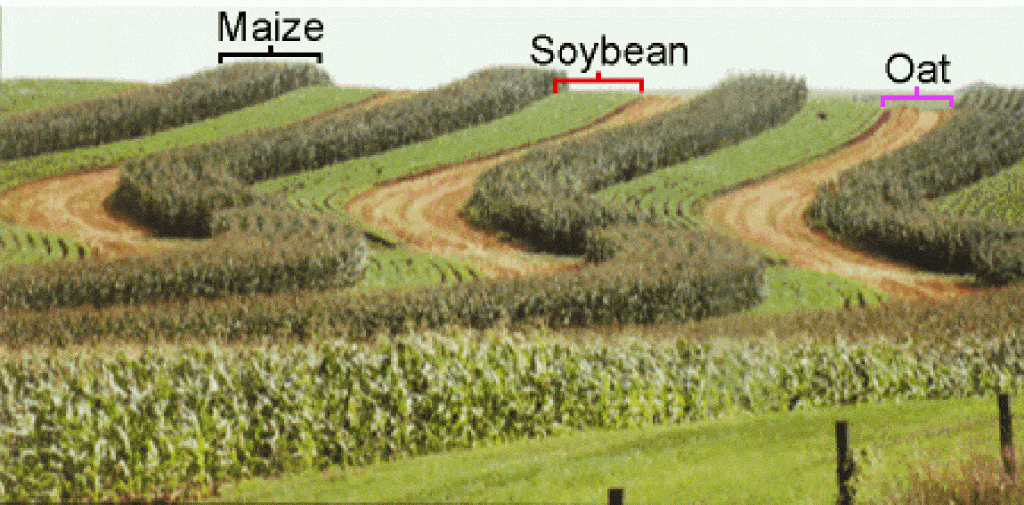
MULTISTOREYED/MULTITIERED/MULTILEVEL CROPPING
- Multi-storeyed cropping refers to the cultivation of two or more than two crops of different heights simultaneously on a certain piece of land in any certain period.
- E.g. Sugarcane + Mustard + Onion/Potato.
- Here the crop of larger height provides shade, nutrients (through disposed of leaves), etc. to the crop in focus. For example, in the case of coffee Multi-Storeyed cropping is practiced, here long trees provide shade to coffee which is necessary for their growth as depicted in the figure above.
- It is mostly practiced in orchards and plantation crops for maximum use of solar energy even under high planting density.
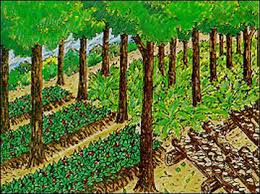
MIXED CROPPING
- It refers to the cultivation of two or more crops simultaneously on the same land without a definite row pattern or fixed ratio.
- Sowing of seed is generally done by the broadcasting method and commonly practiced in dryland areas of India.
- It is a type of subsistence farming.
- Its main objective is to lessen the risk of total crop failures and to satisfy the farmer’s requirements of food and fodder.
- Intercropping is the new concept of mixed cropping.
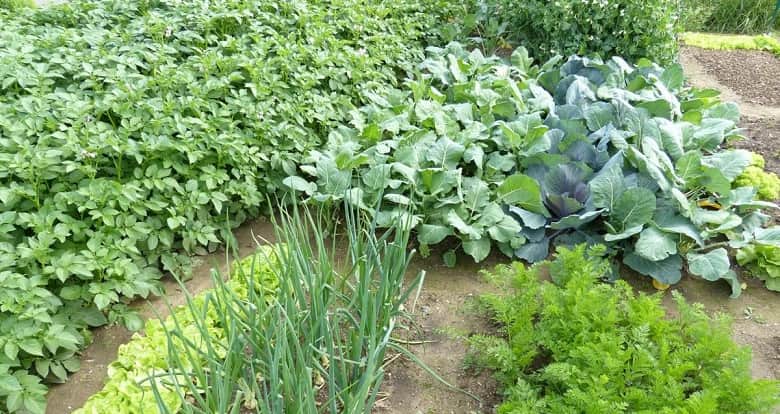
SEQUENCE/SEQUENTIAL CROPPING
- Sequence Cropping refers to the growing of two or more crops in quick succession on the same piece of land in a farming year.
- The succeeding crop is planted after the preceding crop has been harvested. Crop intensification is only in the time dimension. There is no intercrop competition.
- The sowing of the succeeding crop and harvesting of the preceding crop may be done simultaneously or in quick succession,
- e.g. just after the harvesting of Maize, Potato is sown, and just after digging of potato, chili is sown.
- Sequential cropping is also called Non-Overlapping cropping because there is no overlap between the two or more cropping.

Ratoon cropping
- Ratooning or Ratoon cropping may also be classified under sequential cropping.
- In Ratoon cropping a fresh crop is grown from the subtle (lower part of the crop left out after harvesting) or suckers of the plant crop without replanting. Here it is important to note that there is no replanting of the crop. E.g. Sugarcane.
- It is also referred to as stubble cropping, re-harvesting, second crop, etc. Ratoon cropping is used extensively in sugarcane, bananas, etc.
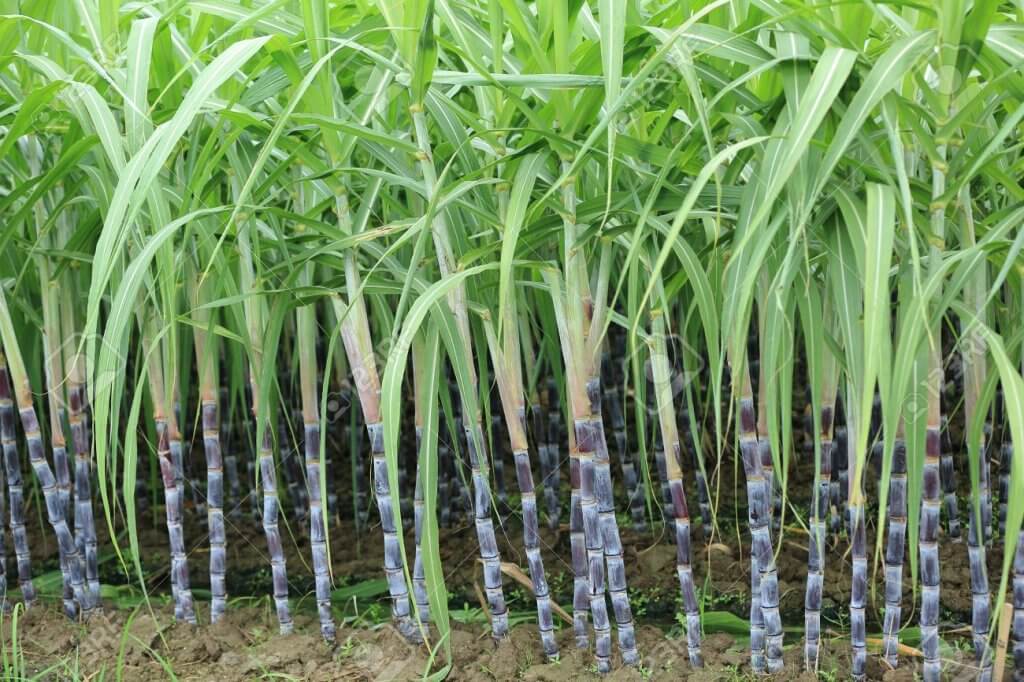
RELAY CROPPING
- Its concept has been derived from the Relay race in which four runners run in the field having the flag in their hand.
- The first runner passes on its flag to the succeeding partner 2nd to 3rd and 3rd to the 4th runner.
- Relay cropping can be defined as growing two or more crops simultaneously during the life cycle of each.
- A second crop is planted after the first crop has reached its reproductive stage of growth, but, before it is ready for harvest.
- Generally, 2nd crop is planted after the first has reached its reproductive stage of growth but before it is ready for harvest e.g. Potato is planted before the harvesting of Maize.
- Relay cropping is also called overlapping cropping.

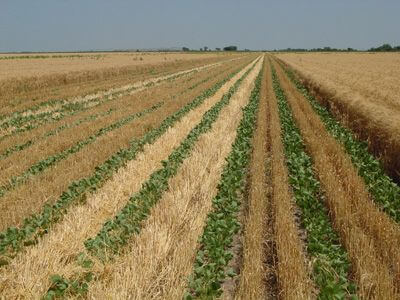

Good stuff !
Nice
Good Stuff !
Superb sir no words to explain about this content but sir i need it’s pdfs i am ready to pay for it
Good Stuff !!!
Best notes ever sir. 🥰I like notes